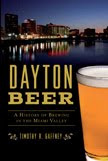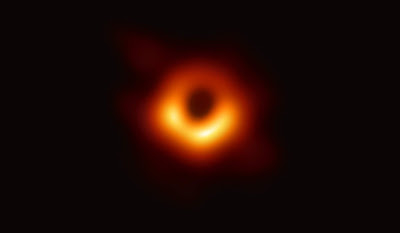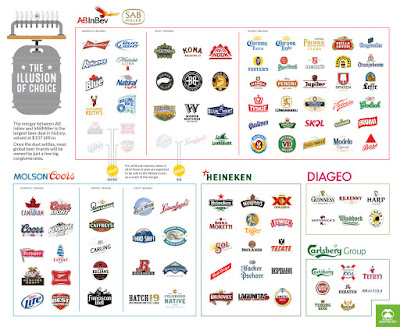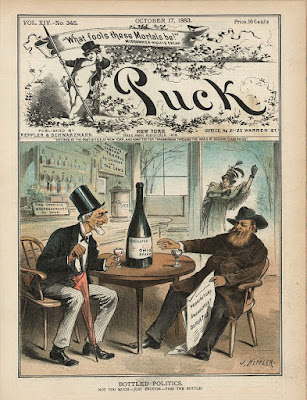The Rose that took Ohio counties dry
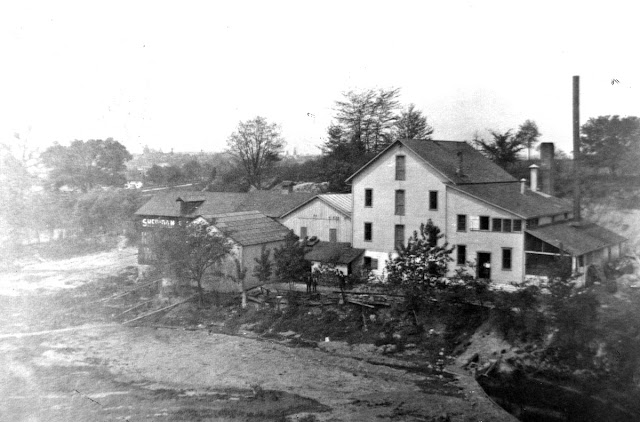
Carl Schnell's brewery in Piqua, circa 1900. Source: Piqua Public Library. © 2019 Timothy R. Gaffney The 18th Amendment poised America for Prohibition 100 years ago. But prohibition was old news for Ohio by then. The drive to ban beer and booze swept the state a decade earlier. On Feb. 26, 1908, The Ohio legislature passed the Rose Law , introduced by Ohio Sen. Isaiah Rose (1843-1916.) The Republican from Marietta was a farmer, a Civil War veteran and the great-great-great grandfather of singer Kelly Clarkson . More to the point, he was a champion of the temperance movement, and his namesake bill allowed voters to petition their counties for special elections to ban the sale of alcoholic beverages. In the ensuing months a majority of Ohio counties voted to go “dry.” Dayton Daily News , April 29, 1909, page 3 Tabulations showed rural voters tended to favor going dry while city-dwellers tended to want to stay “wet.” For example, a large urban core in Dayton kept
